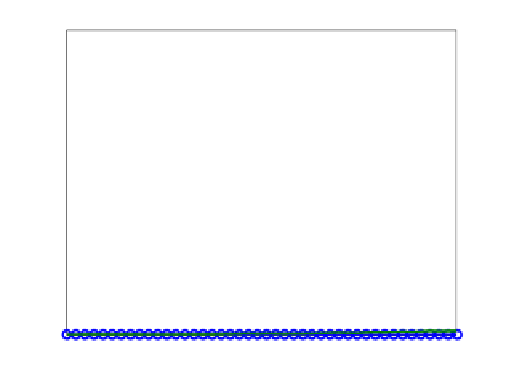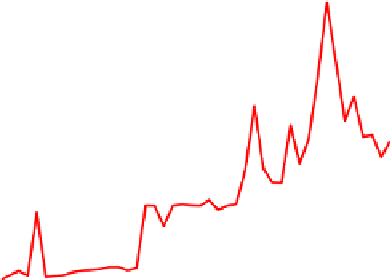Information Technology Reference
In-Depth Information
for most of the migration was short relative to the frequency of exchange (i.e.,
once every hour) and would have no adverse impact on the performance.
2
x 10
4
minimum
average
maximum
1.5
1
0.5
0
10
20
30
40
Time (hour)
Fig. 6.
Response time
Tabl e 1.
Migration cost
minimum median average maximum
The number of exchanged files
2
1691
13583
163079
Time (s)
0.2
170
1426
17123
7 Conclusions and Future Work
We presented a power-saving method for large-scale distributed storage sys-
tems, especially those on Internet hosting service platforms. The idea to skew
the workload is similar to that of MAID and PDC, but to adapt to the constant
massive influx of data and changes in data popularity, our approach periodically
exchanges data among disks autonomously, instead of introducing a central con-
troller to manage the relocations. We also evaluated the performance both in
simulations and prototype implementation for a real access pattern of 20,000
public photos on Flickr. We observed that our method saved 14.5-39.7% energy,
even if we introduced several restrictions on data migration. The ratio of accesses
of disks in low-power mode was 6.8-19.1%, and the overall average response time
was 133 ms.





























































